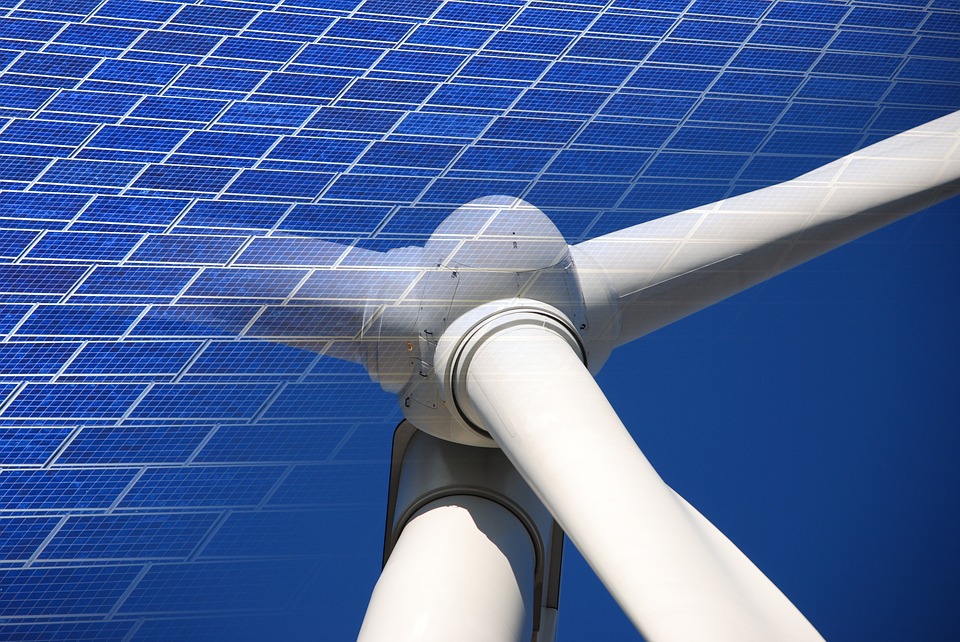The California grid operator CAISO has recommended in its 2022-2023 Transmission Plan 45 transmission system expansion and upgrade projects that will allow interconnection of more solar, wind and storage. The plan has been approved by CAISO’s board of directors.
The projects will enable in-state generating resources of 17 GW of solar, 3.5 GW of wind, and 1 GW of geothermal, plus the import of 4.5 GW of out-of-state wind power. CAISO said the projects would also provide access for battery storage projects co-located with renewable generation, and stand-alone storage located close to major load centers.
The transmission projects “would be phased in over lead times of up to 8-10 years,” CAISO said, and completed “over the next decade or so.” The grid operator estimates the total infrastructure investment at $7.3 billion, and expects to launch a competitive solicitation process for three of the higher voltage projects.
CAISO expects the transmission projects will support more than 40 GW of new resource development “identified by the California Public Utilities Commission as cost-effective and needed to meet the state’s clean energy goals over the next 10 years.”
The California Community Choice Association has said that the state must deploy 7.3 GW of renewables per year through 2045 to meet the state’s renewables target, assuming straight-line growth.
CAISO expects that next year’s transmission plan will “identify the need” to add 70 GW of resources by 2033, “eventually growing to 120 GW” to support a carbon-free power system by 2045.
The grid operator said it developed its transmission plan in coordination with the California Public Utilities Commission (CPUC) and the California Energy Commission, with input from utilities and “other key stakeholders.”
The plan reflects a “new, more proactive approach” to synchronize transmission planning, interconnection queuing and resource procurement, CAISO said, as it identifies added transmission and resource capacity “associated with designated geographic zones that make the most economic and operational sense for such development.”
The CPUC will “provide clear direction” to utilities to “focus energy procurement in those key transmission zones in alignment with the transmission plan,” CAISO said.
CAISO will give priority to interconnection requests for projects within those same zones, it said.
The national solar trade group SEIA and the California Energy Storage Alliance (CESA) previously said they support transparency on available and planned transmission capacity, in comments on a CAISO “straw proposal” for “Track 1” of an initiative to improve its interconnection process.
But SEIA proposed in its comments that CAISO apply readiness requirements to reduce the burden of interconnection studies, rather than limiting new projects to areas with existing or planned transmission. CESA offered a number of proposals to ensure high-quality and viable applications, and to enable CAISO to more efficiently process a high number of applications.
In its straw proposal, CAISO said that “even within zones that are a priority, the volume of interconnection requests receiving detailed study must be tempered.”
CAISO’s board approved the grid operator’s Track 1 interconnection improvement plan as well as its transmission plan. CAISO said it planned to post a straw proposal on “Track 2” of its interconnection initiative by the end of this month.
CAISO’s transmission plan includes a map showing the regions identified for the transmission projects.
This content is protected by copyright and may not be reused. If you want to cooperate with us and would like to reuse some of our content, please contact: editors@pv-magazine.com.








By submitting this form you agree to pv magazine using your data for the purposes of publishing your comment.
Your personal data will only be disclosed or otherwise transmitted to third parties for the purposes of spam filtering or if this is necessary for technical maintenance of the website. Any other transfer to third parties will not take place unless this is justified on the basis of applicable data protection regulations or if pv magazine is legally obliged to do so.
You may revoke this consent at any time with effect for the future, in which case your personal data will be deleted immediately. Otherwise, your data will be deleted if pv magazine has processed your request or the purpose of data storage is fulfilled.
Further information on data privacy can be found in our Data Protection Policy.